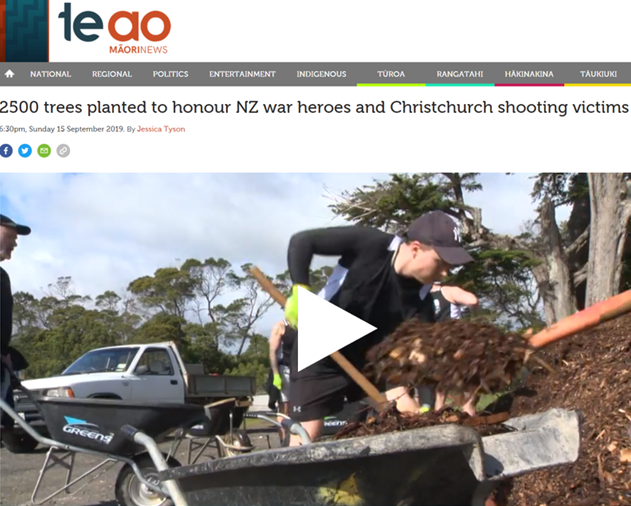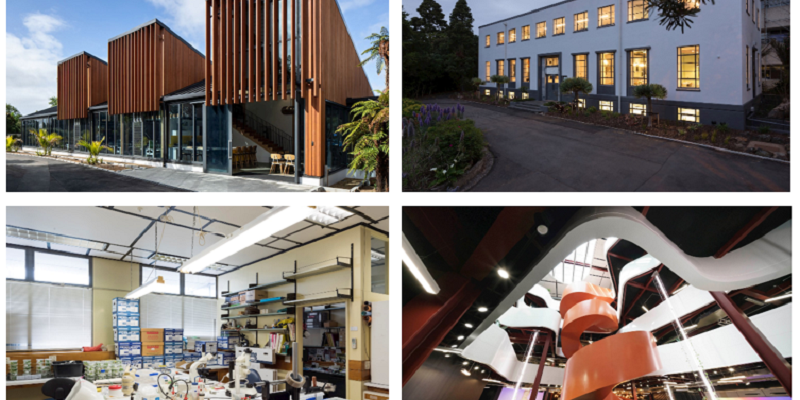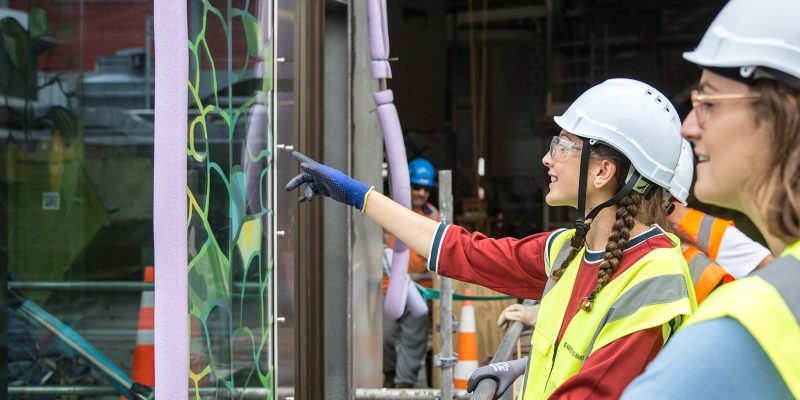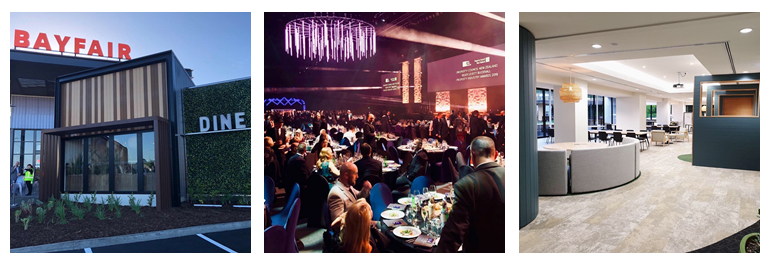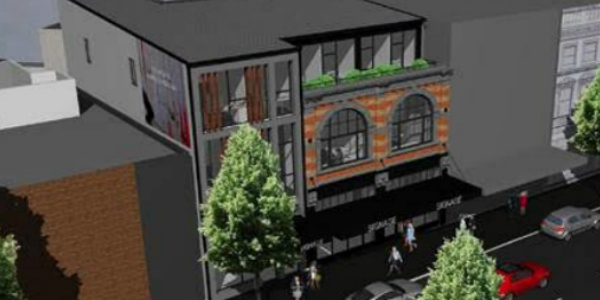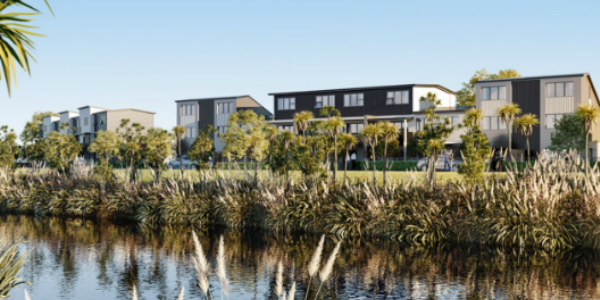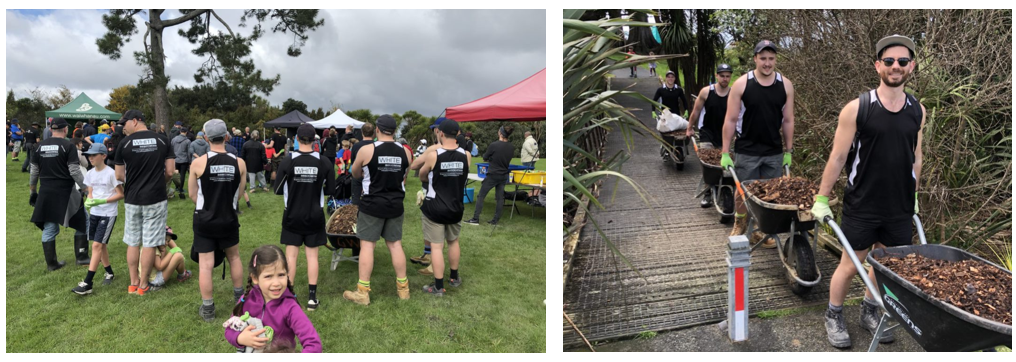
On Sunday 15th September the White Associates team got stuck in (at times literally!) at the Orangihina-Harbourview Park Planting Day organised by the Te Atatu Marae Coalition and Sustainable Coastlines.
Our team of mulch shifters showed some impressive White Associates muscle in helping to move a 70m² mountain of mulch and dig in 2500 native plants, as part of an initiative to honour the thousands of New Zealand servicemen who have fallen in the line of duty and to commemorate the 51 lives lost in Christchurch earlier this year. The new planting is also designed for the benefit of the awa flowing through the park, the wildlife that relies on them and the people who enjoy them.
The White Associates team ran a bacon and egg BBQ before the planting event started, to set everyone up for three hours of mulch shifting, tree planting and rubbish collection. Then, after welcomes, a karakia and brief formalities, including some encouraging words from mayoral candidate John Tamihere, planting got underway.
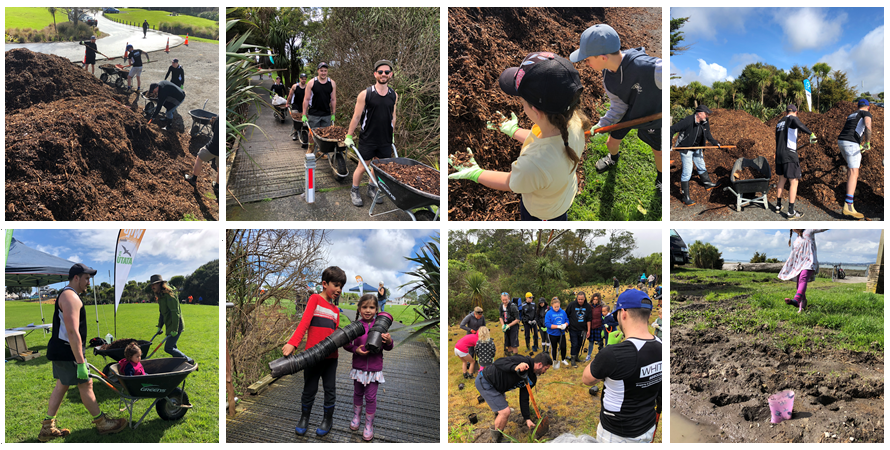
The 51 lives lost in Christchurch were represented by planting 49 native rongoā plants and 2 kauri that were then surrounded by 20 harakeke (native flax) which will serve to shelter the plants and represent the support of the local community embracing the Muslim community.
“It was an honour to be present for the memorial planting of 51 trees to commemorate the lives lost in Christchurch,” said team member Richard Moore. “It was a good day for the mental health of our team, our interconnection with the greater community, and the sustainability of our environment.”
The event even featured on Te Ao Māori news – check it out HERE:

